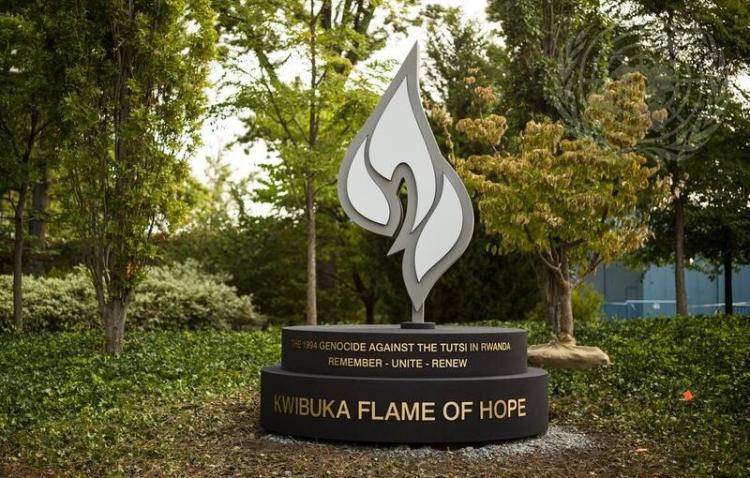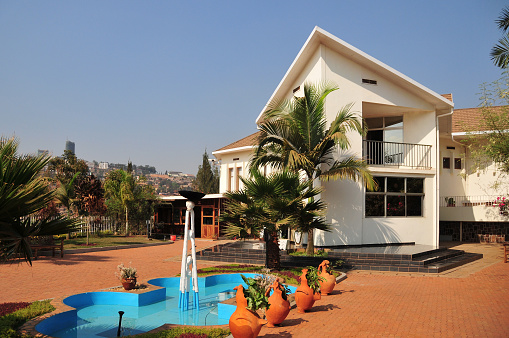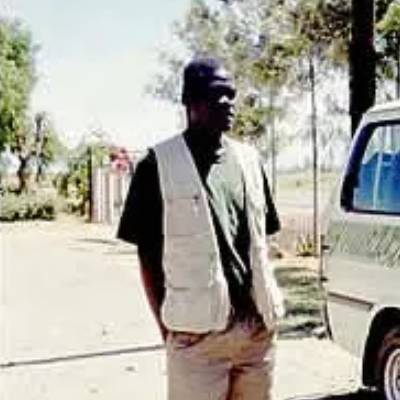Kigali Genocide Memorial
The Kigali Genocide Memorial commemorates the 1994 Rwandan genocide against the Tutsi. It houses the remains of over 250,000 people buried there. The Kigali genocide memorial was established in 2004 by the KCC in collaboration with Aegis Trust. It serves as a memorial to honor the lives lost during this tragic event.
The Rwandan Genocide took place in 1994 when extremist Hutu militias targeted the Tutsi minority and moderate Hutus. Over about 100 days, an estimated 800,000 people were killed. It was one of the most devastating genocides in modern history.
Kigali Genocide Memorial Safaris and Tours
Trips Coming Soon
Kigali Genocide Memorial Attractions & Activities
Here are some of the top fun activities you can do:








